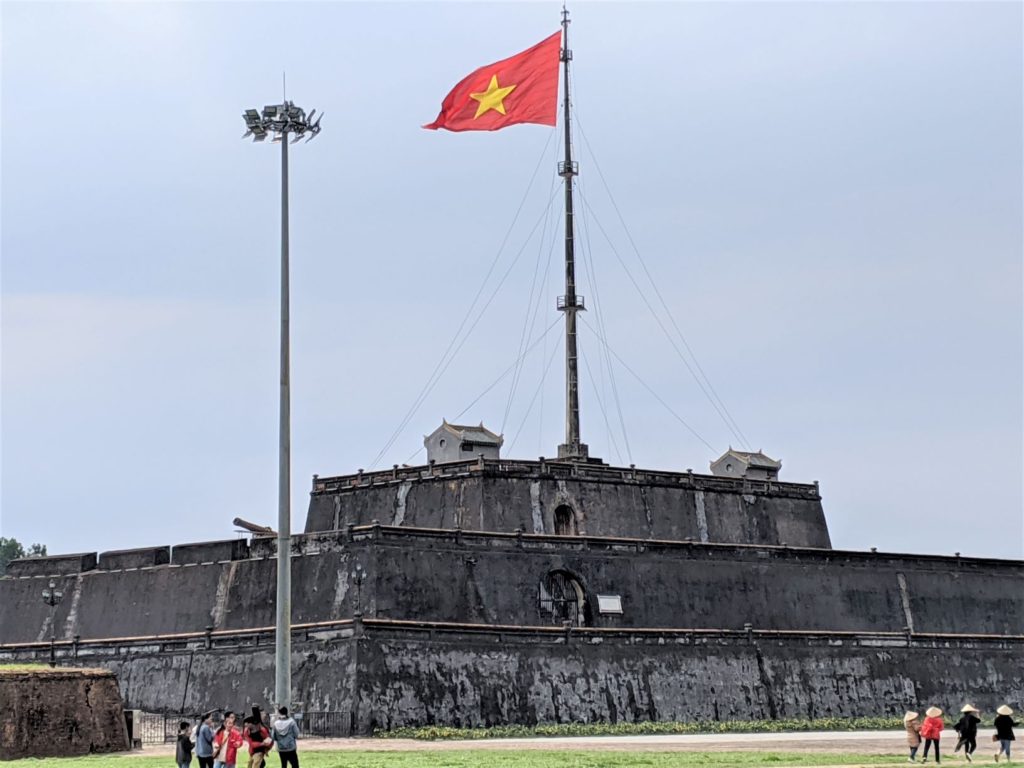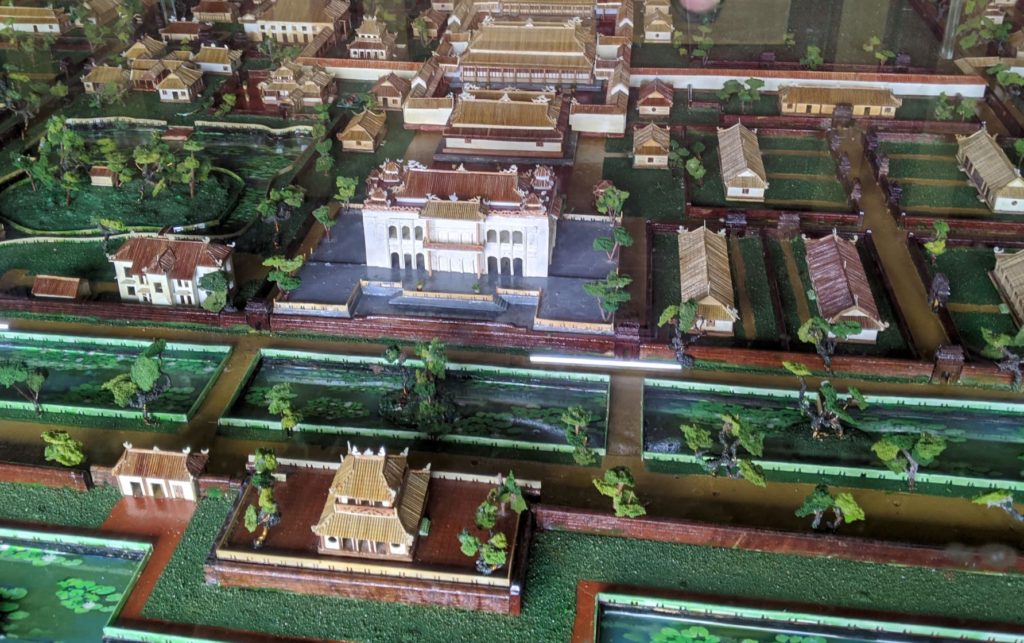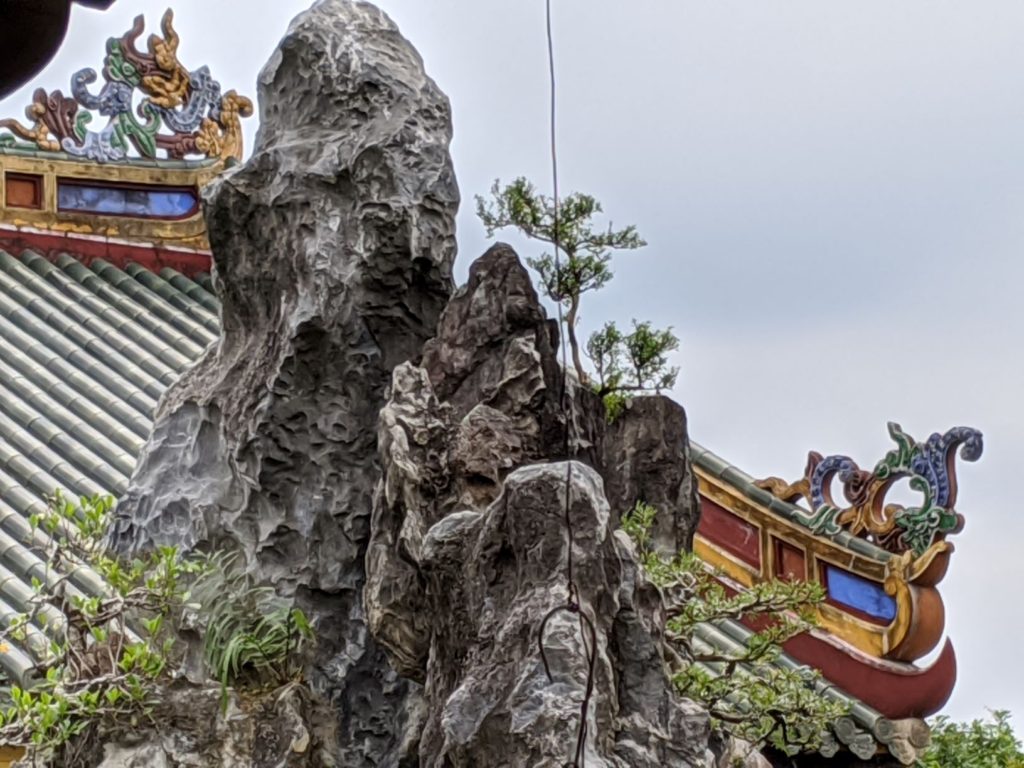When you’re in a place for only a few days… a place where you could stay for weeks and still not see and do everything you might want to… you have to be picky. Villa Taranto was not on our list. Not that we didn’t want to go. Of course we did. But we intended to go to the Borromeo islands, which have their own amazing gardens, and, well, I didn’t want to lay too many gardens, one after another after another, on my patient husband. But the host at our hotel insisted that Villa Taranto was worth the journey and could be easily combined with a short drive to Orta San Giulio, one of (she said) Italy’s most beautiful towns.
So, we went. And we’re glad we did. Villa Taranto could be the most beautiful garden we’ve ever seen. That’s true, even though the day we went there was rainy.
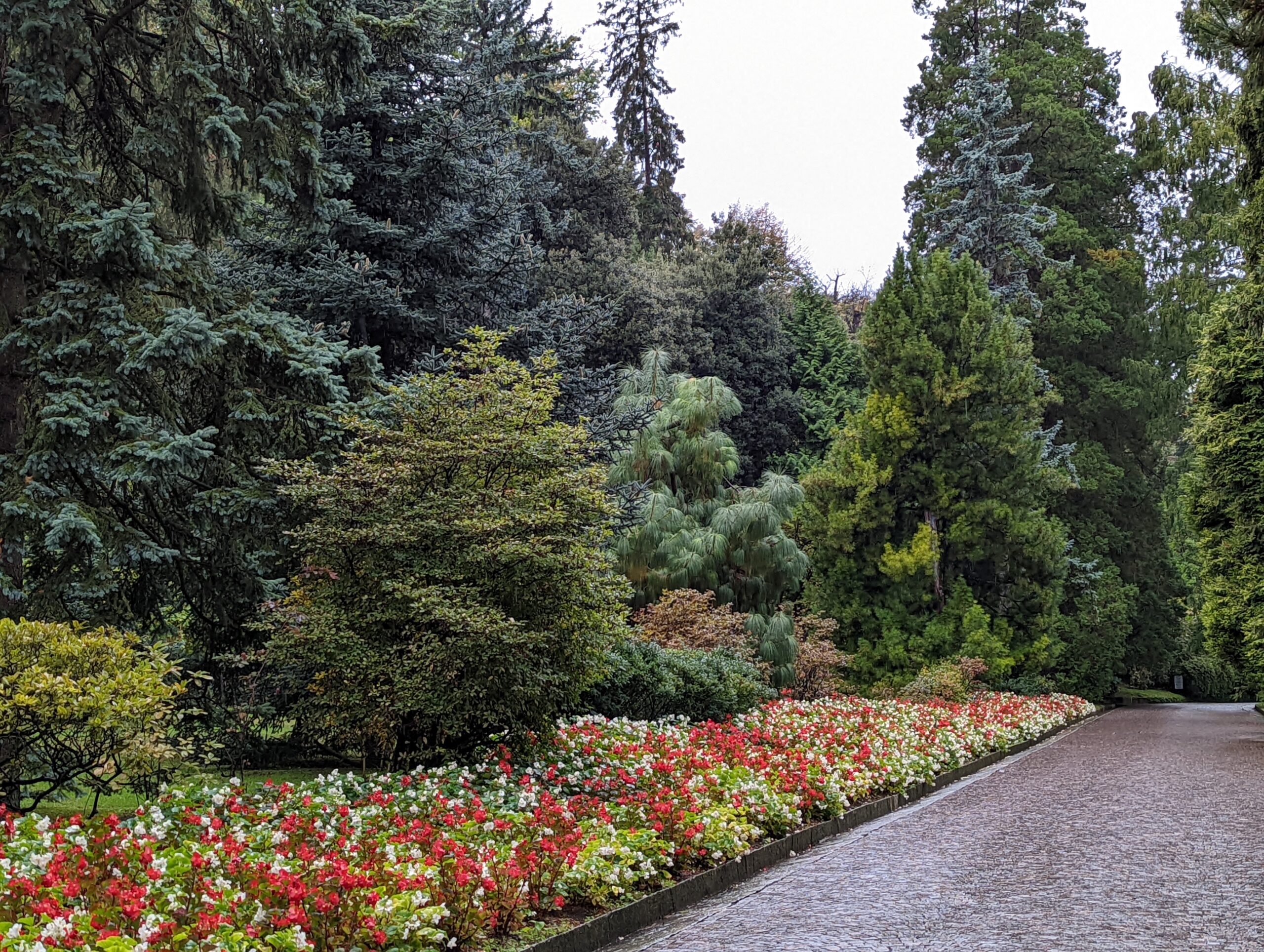
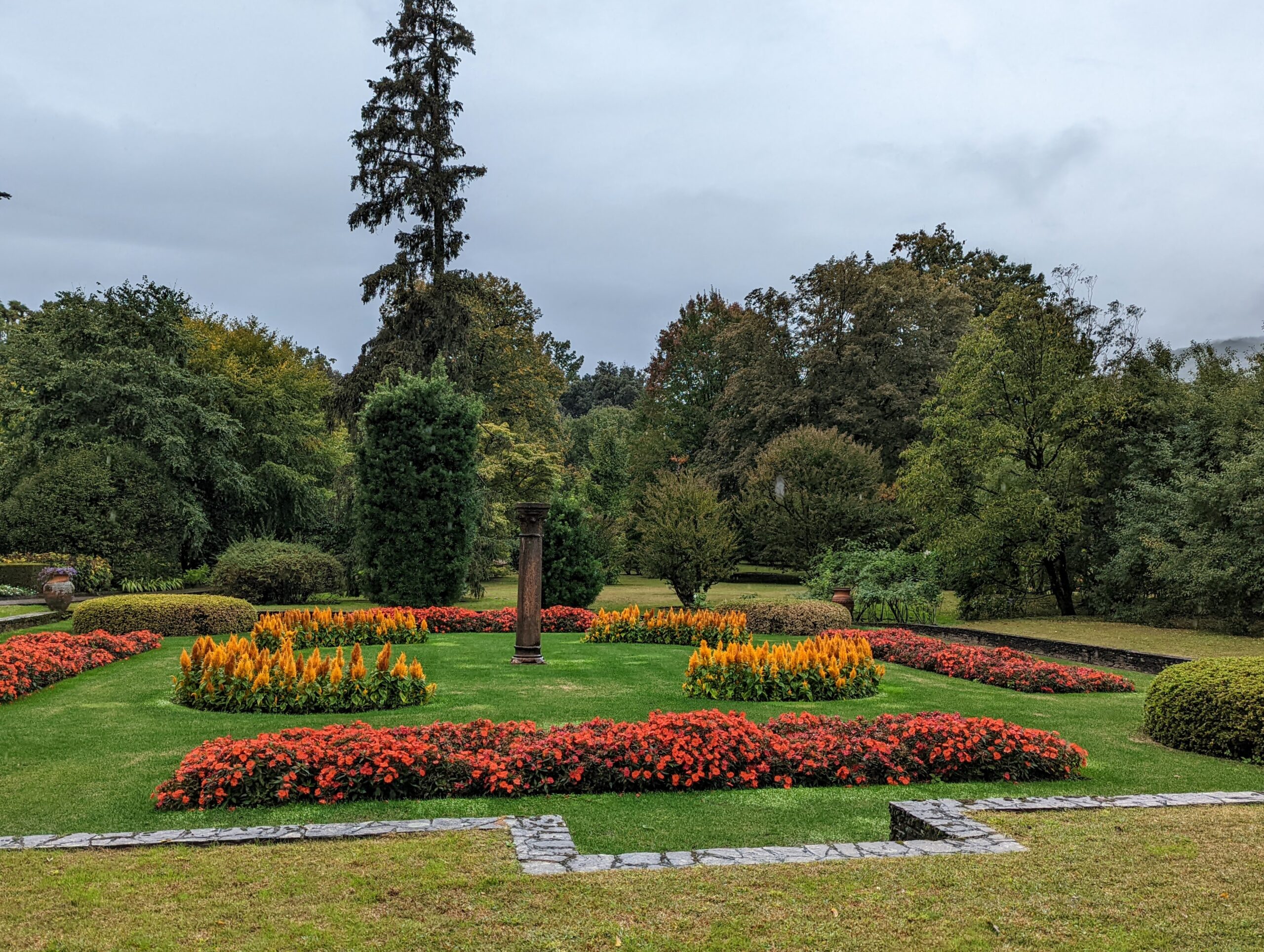

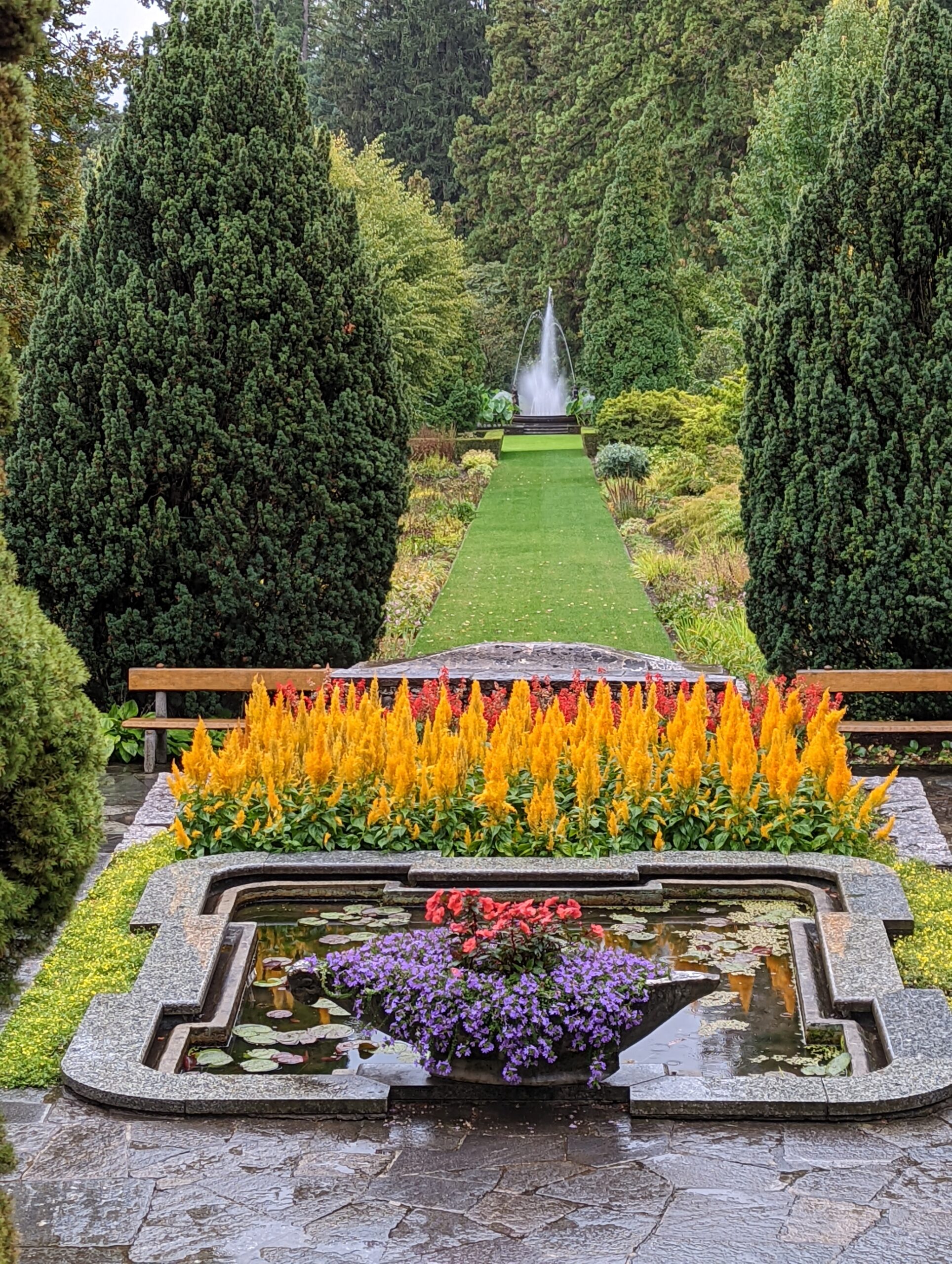
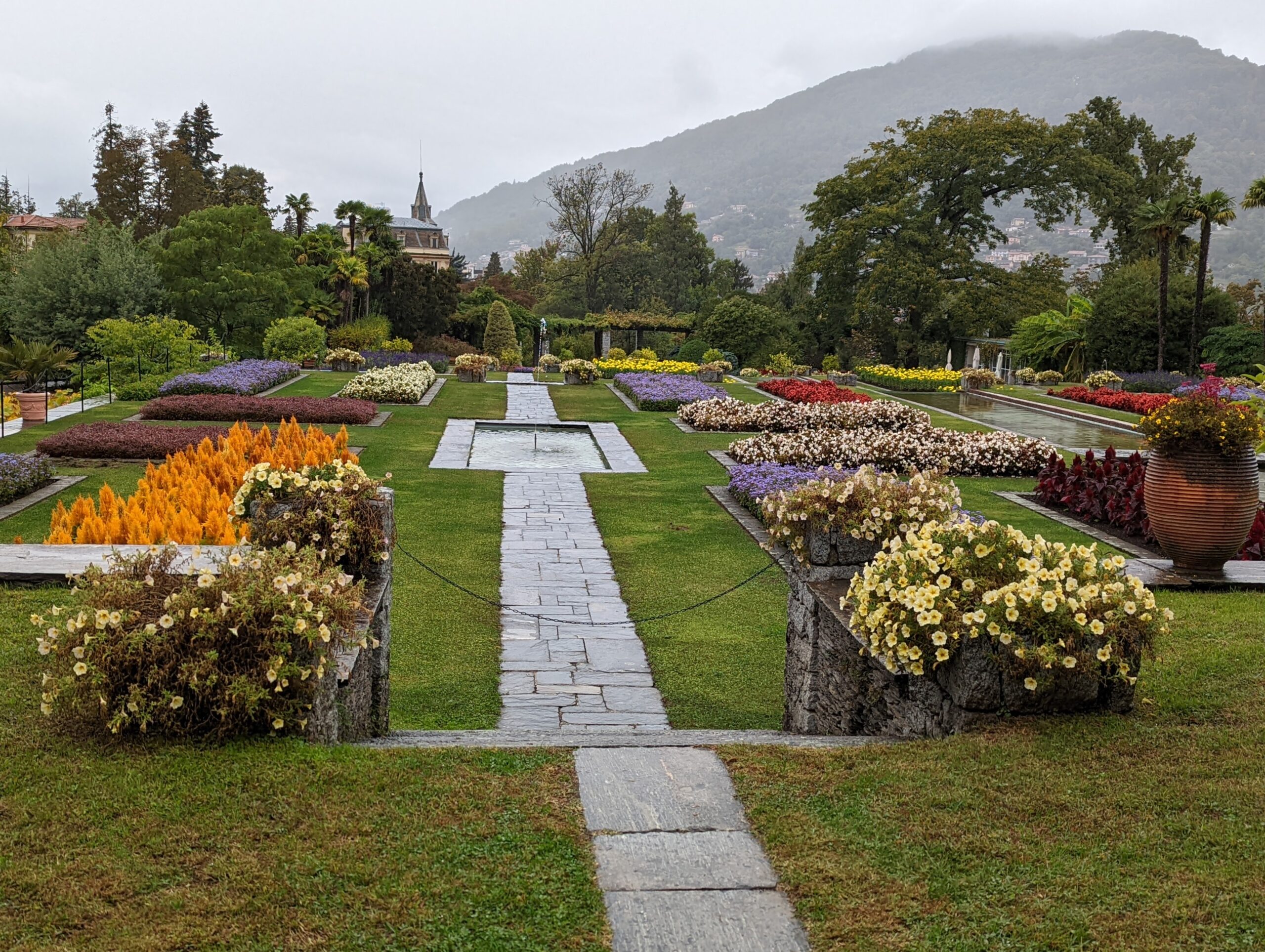
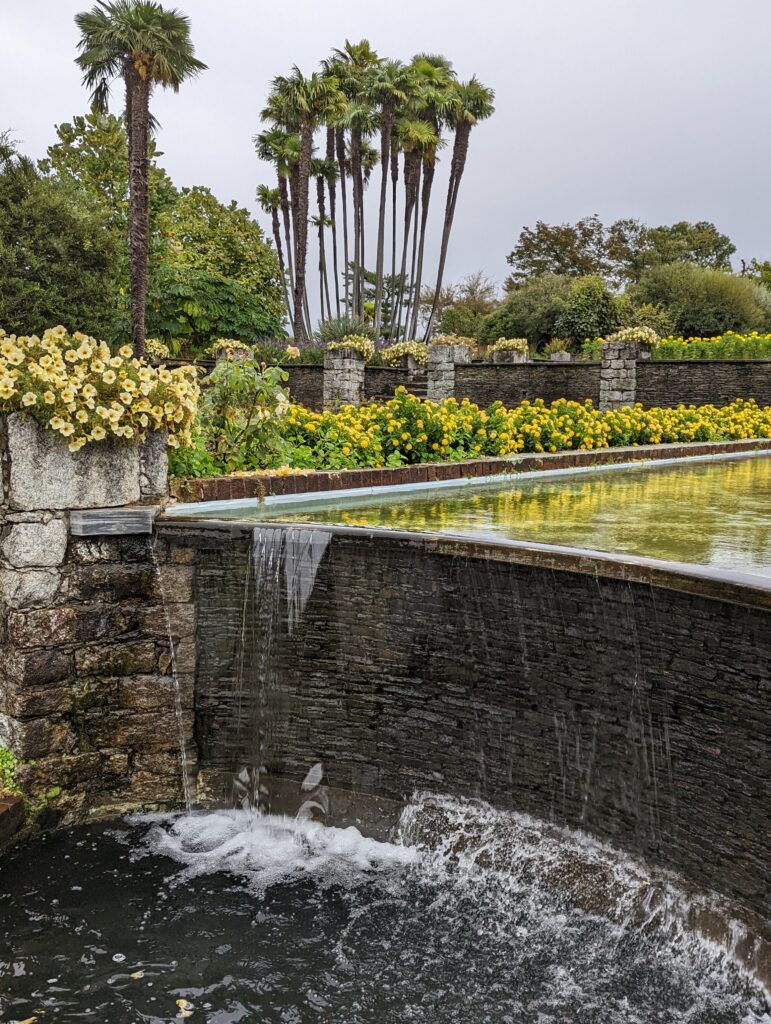

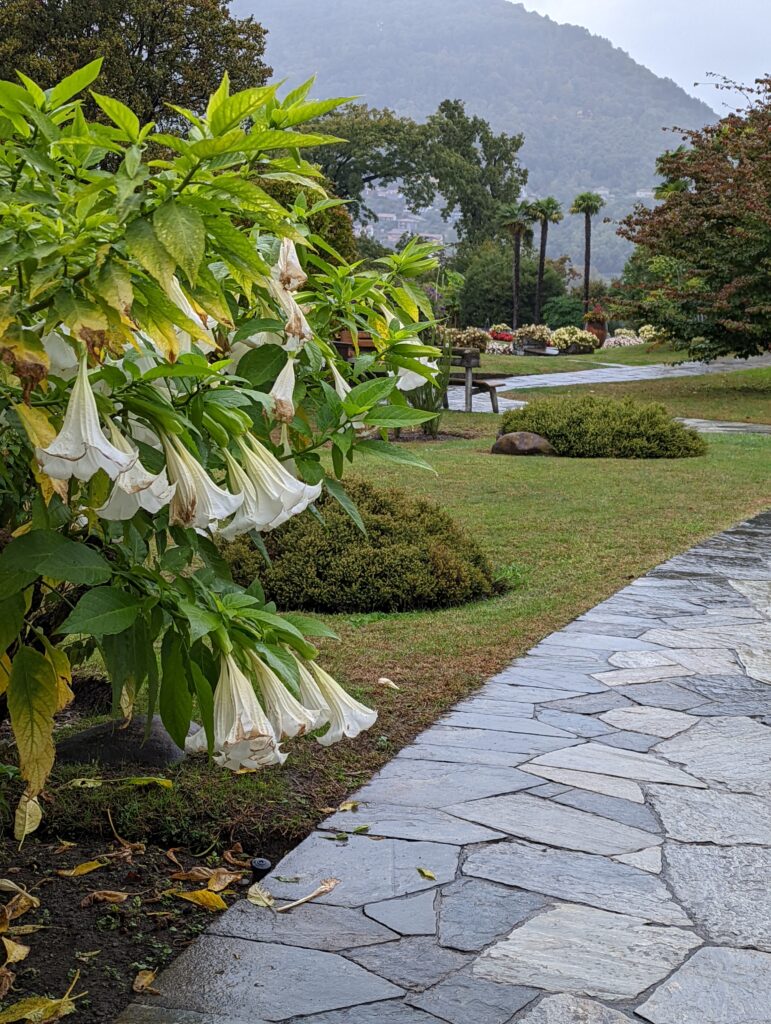
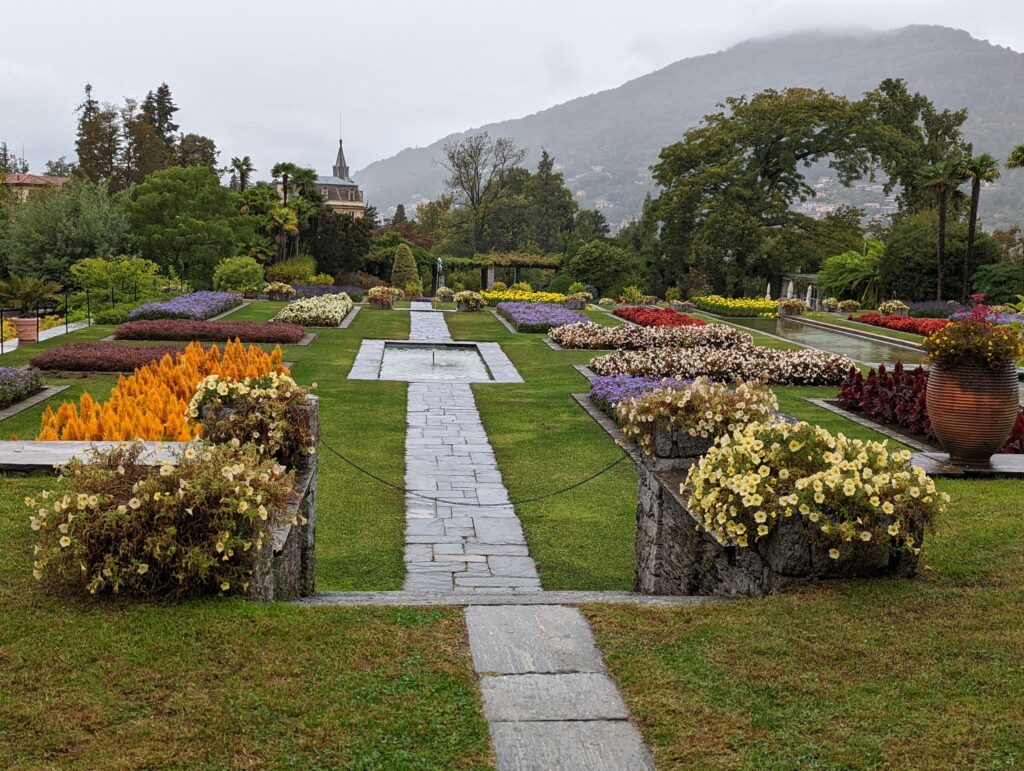

I’m trying not to overload you with pictures here, so I’ve tried to leave out pictures of individual specimens. That last one–that single, lovely tree–is a Cornus Controversa ‘Variegata,’ in the same family as the more familiar dogwoods. It was too good not to include. And, oh, the dahlias! Here are a couple.
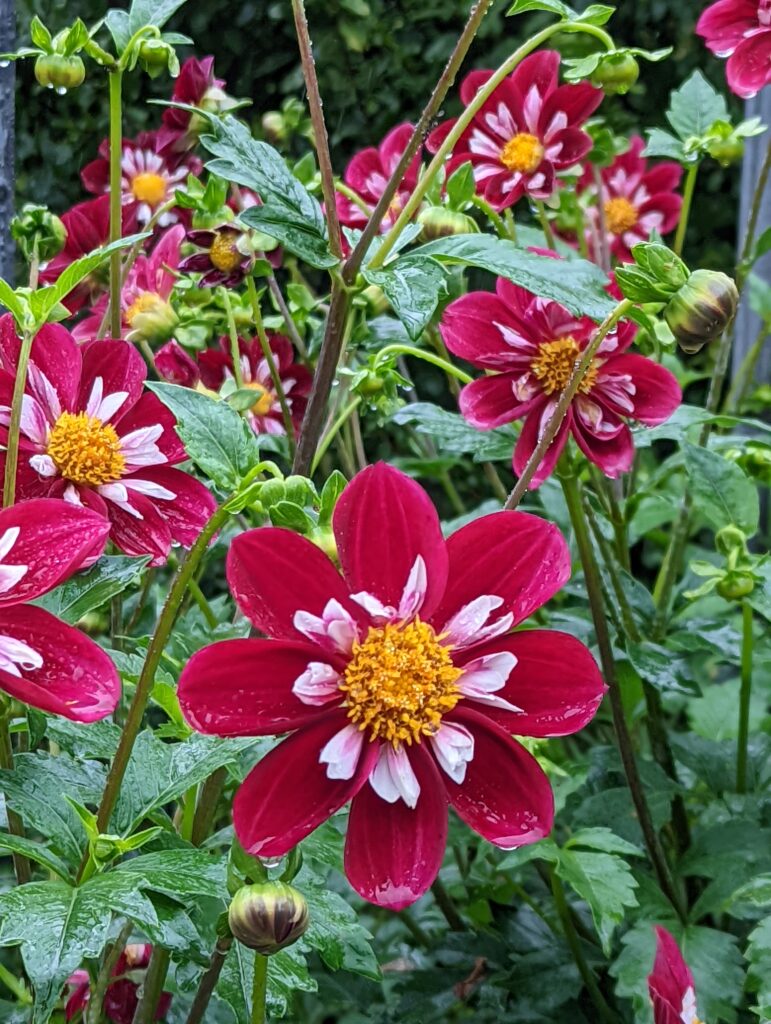
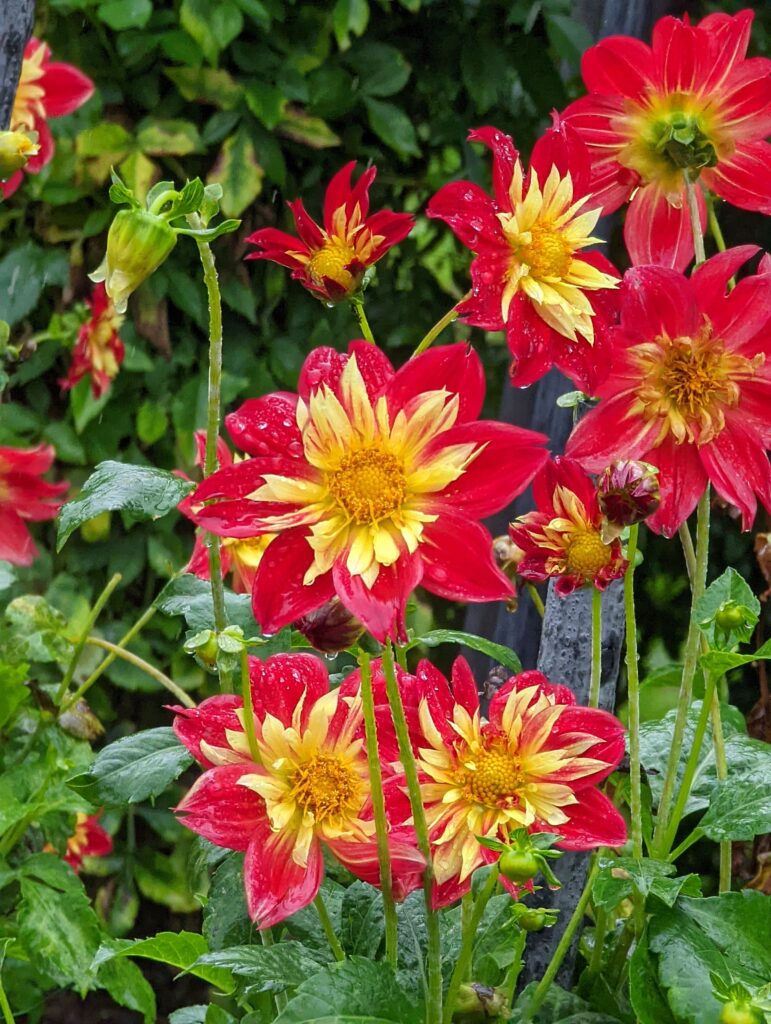
I wanted to say that I’ve saved the best for last, but the fact is, it’s all so good there is no ‘best.’ Instead, let me put it this way: I have so many lovely photos of gorgeous waterlilies that they will need a post of their own.
Ciao, till soon!

